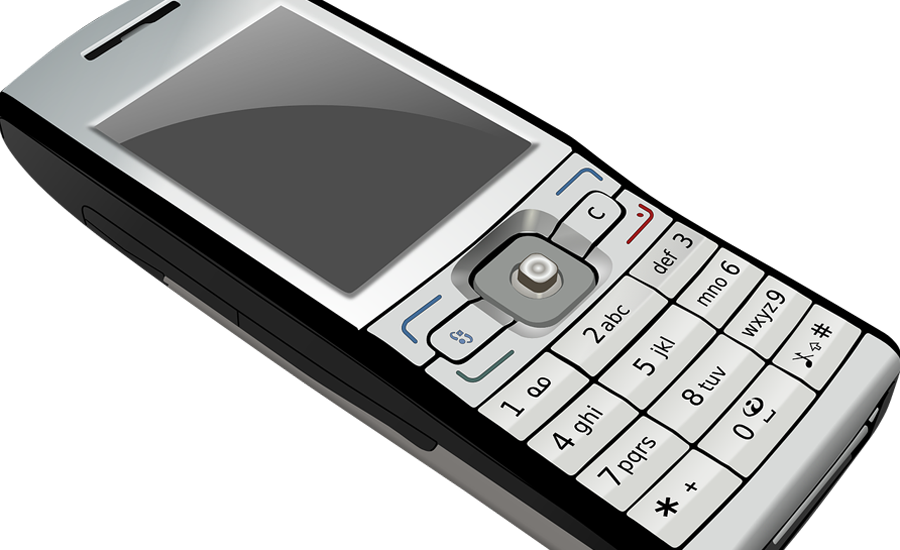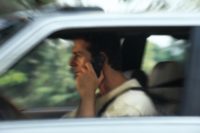Distracted driving occurs any time you take your eyes off the road, hands off the wheel, and mind off your primary task: driving safely. Any non-driving activity you engage in is a potential distraction and increases your risk of being involved in a motor vehicle crash.1 Workers in many industries and occupations spend all or part of their workdays on the road. One study showed that compared with other drivers, those who were at work were more likely to be in a hurry to reach their destination, think about work, be tired, or use a cell phone.2
Employers:
- Ban all phone use while driving a company vehicle, and apply the same rules to use of a company-issued phone while driving a personal vehicle.
- Require workers to pull over in a safe location if they must text, make a call, or look up directions.
- Prepare workers before implementing these policies by communicating:
- How distracted driving puts them at risk of a crash
- That driving requires their full attention while they are on the road
- What they need to do to comply with your company’s policies
- What action you will take if they do not follow these policies
- Consider having workers acknowledge that they have read and understand these policies.
- Provide workers with information to help them talk to their family about distracted driving.
Workers:
- Do not use your phone while driving.
- Pull over in a safe location if you must text or make a call.
- Make necessary adjustments (e.g., adjust controls, program directions) to your car before your drive.
- Do not reach to pick up items from the floor, open the glove box, or try to catch falling objects in the vehicle.
- Avoid emotional conversations with passengers, or pull over in a safe location to continue the conversation. For normal conversation, passengers in the vehicle can often help lower crash risk for adult drivers.
- Focus on the driving environment — the vehicles around you, pedestrians, cyclists, and objects or events that may mean you need to act quickly to control or stop your vehicle.
Click here to visit the NIOSH website and learn more about distracted driving prevention.
1. National Highway Traffic Safety Administration [2013]. Visual-manual NHTSA driver distraction guidelines for in-vehicle electronic devices: notice of federal guidelines. Federal Register 78(81):24818-24890.
2. Salminen S, Lähdeniemi E [2002]. Risk factors in work-related traffic. Transportation Research Part F 5(1):77-86.


